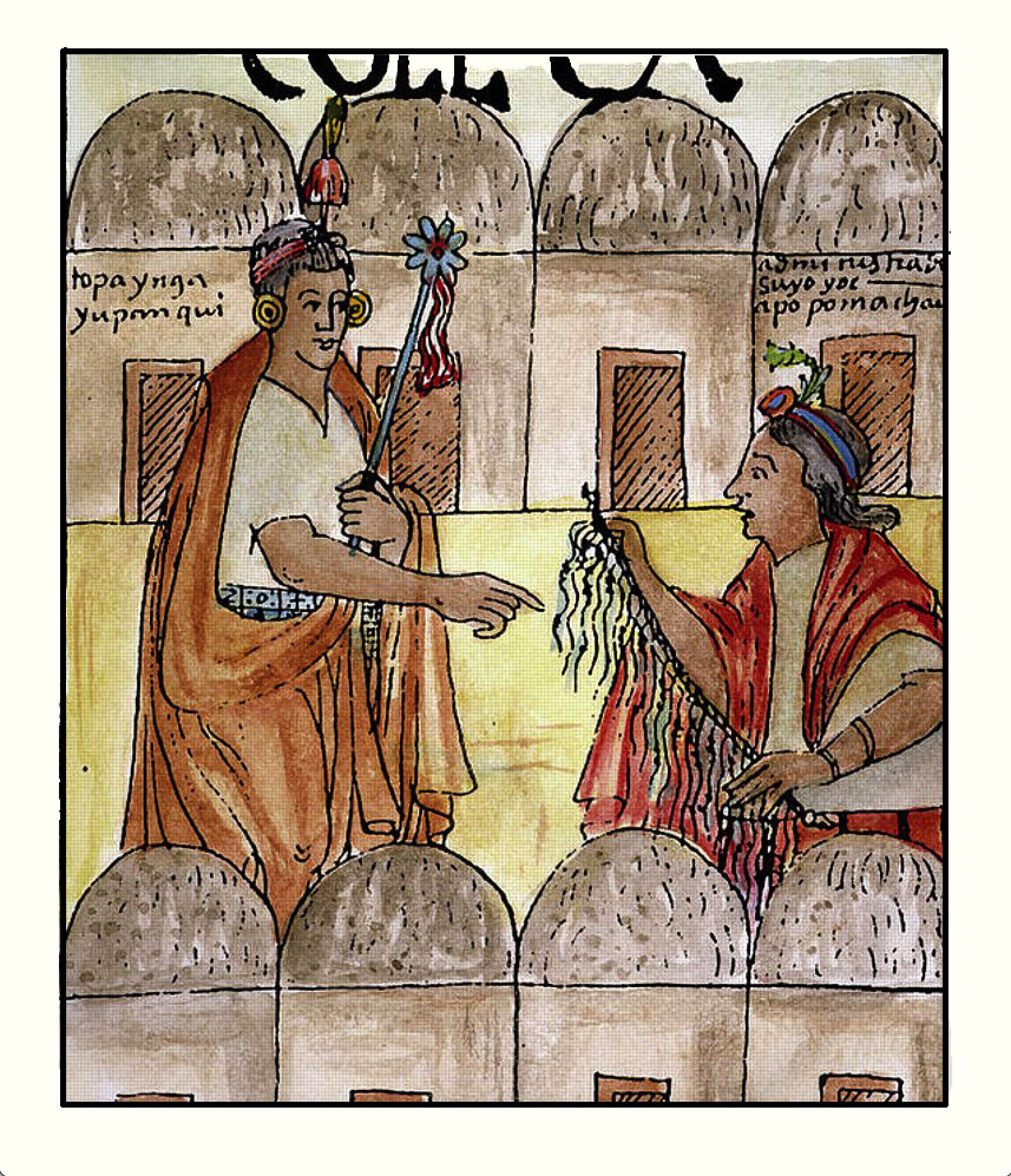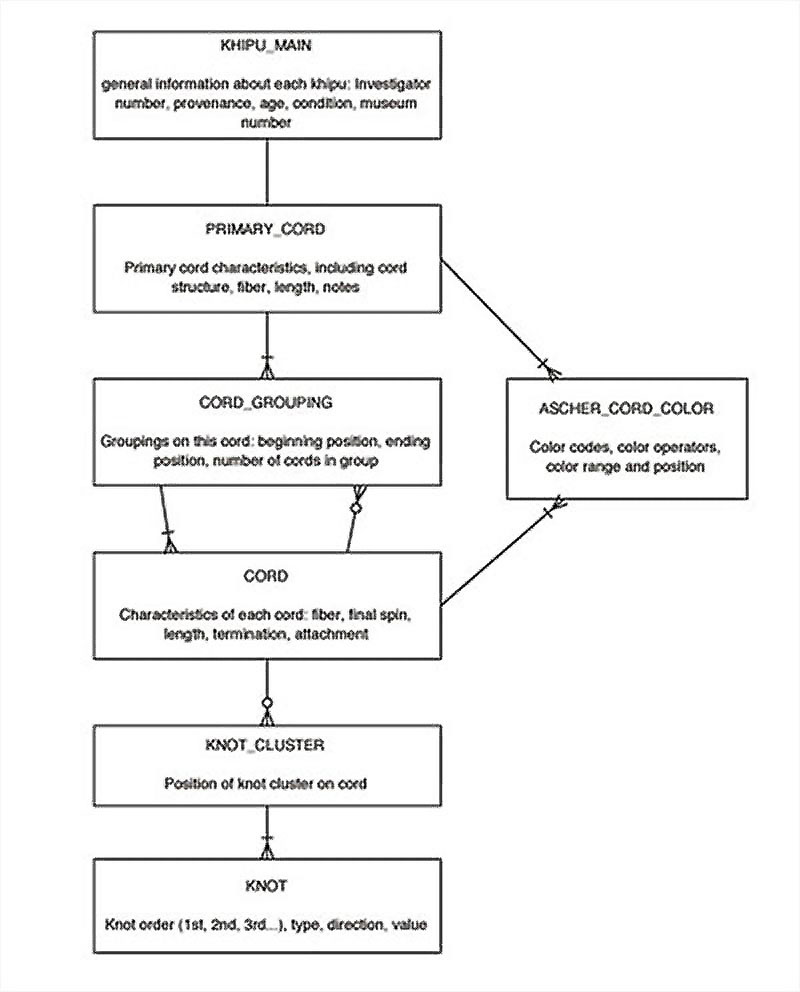# of Khipus with No Known Long Knot Axis_orientation is 299 (46%)
KNOWN Axis-Orientation Khipus =
['AS067/MA029', 'AS074', 'AS075', 'AS076', 'AS078', 'AS079', 'AS080', 'AS093',
'AS191', 'AS192', 'AS193', 'AS194', 'AS195', 'AS196', 'AS197', 'AS198', 'AS199',
'AS200', 'HP001', 'HP002', 'HP003', 'HP004', 'HP005', 'HP006', 'HP007', 'HP008',
'HP009', 'HP010', 'HP011', 'HP012', 'HP013', 'HP014', 'HP015', 'HP016', 'HP017',
'HP018', 'HP019', 'HP020', 'HP021', 'HP022', 'HP023', 'HP024', 'HP027', 'HP029',
'HP030', 'HP031', 'HP032', 'JC001', 'JC002', 'JC003', 'JC004', 'JC005', 'JC006',
'JC007', 'JC008', 'JC009', 'JC010', 'JC011', 'JC012', 'JC013', 'JC014', 'JC015',
'JC017', 'JC018', 'JC019', 'JC021', 'JC022', 'JC023', 'LL01', 'MM001', 'MM002',
'MM003', 'MM004', 'MM005', 'MM006/AN001', 'MM007/AN002', 'MM008', 'MM009',
'MM010', 'MM011', 'MM012', 'MM013', 'MM014', 'MM015', 'MM016', 'MM017', 'MM018',
'MM019', 'MM020', 'MM021', 'MM1086', 'UR002', 'UR003', 'UR005', 'UR006',
'UR007', 'UR008', 'UR009', 'UR010', 'UR011', 'UR012', 'UR013', 'UR014', 'UR015',
'UR016', 'UR018', 'UR019', 'UR020', 'UR021', 'UR022', 'UR034', 'UR051', 'UR060',
'UR061', 'UR062', 'UR063', 'UR064', 'UR066', 'UR067', 'UR069', 'UR072', 'UR074',
'UR075', 'UR076', 'UR077', 'UR078', 'UR079', 'UR080', 'UR081', 'UR085', 'UR086',
'UR087', 'UR088', 'UR089', 'UR090', 'UR091', 'UR092', 'UR093', 'UR094', 'UR095',
'UR096', 'UR097', 'UR098', 'UR099', 'UR100', 'UR101', 'UR102', 'UR1031',
'UR104', 'UR105', 'UR1051', 'UR1052', 'UR1053', 'UR1057', 'UR1058', 'UR106',
'UR107', 'UR108', 'UR1084', 'UR109', 'UR1104', 'UR111', 'UR120', 'UR128',
'UR129', 'UR131A', 'UR131B', 'UR132', 'UR143', 'UR149', 'UR152', 'UR168',
'UR169', 'UR170', 'UR171', 'UR172', 'UR173', 'UR174', 'UR175', 'UR176', 'UR177',
'UR182', 'UR183', 'UR184', 'UR185', 'UR186', 'UR187', 'UR188', 'UR189', 'UR191',
'UR192', 'UR194', 'UR195', 'UR196', 'UR197', 'UR198', 'UR199', 'UR200', 'UR201',
'UR202', 'UR203', 'UR204', 'UR205', 'UR206', 'UR207', 'UR208', 'UR209', 'UR210',
'UR212', 'UR213', 'UR214', 'UR215', 'UR216', 'UR217', 'UR218', 'UR220', 'UR221',
'UR222', 'UR223', 'UR225', 'UR226', 'UR228', 'UR229', 'UR230', 'UR231', 'UR232',
'UR233', 'UR234', 'UR235', 'UR236', 'UR237', 'UR238', 'UR239', 'UR240', 'UR241',
'UR242', 'UR243', 'UR244', 'UR245', 'UR246', 'UR247', 'UR248', 'UR249', 'UR250',
'UR251', 'UR252', 'UR254', 'UR255', 'UR256', 'UR257', 'UR258', 'UR259', 'UR260',
'UR261', 'UR262', 'UR263', 'UR264', 'UR265', 'UR266', 'UR267A', 'UR267B',
'UR268', 'UR269', 'UR270', 'UR271', 'UR272', 'UR273A', 'UR273B', 'UR274A',
'UR274B', 'UR275', 'UR276', 'UR277', 'UR278', 'UR279', 'UR281', 'UR282',
'UR283', 'UR284', 'UR285', 'UR286', 'UR287', 'UR288', 'UR289', 'UR290',
'UR291A', 'UR293', 'UR294']

